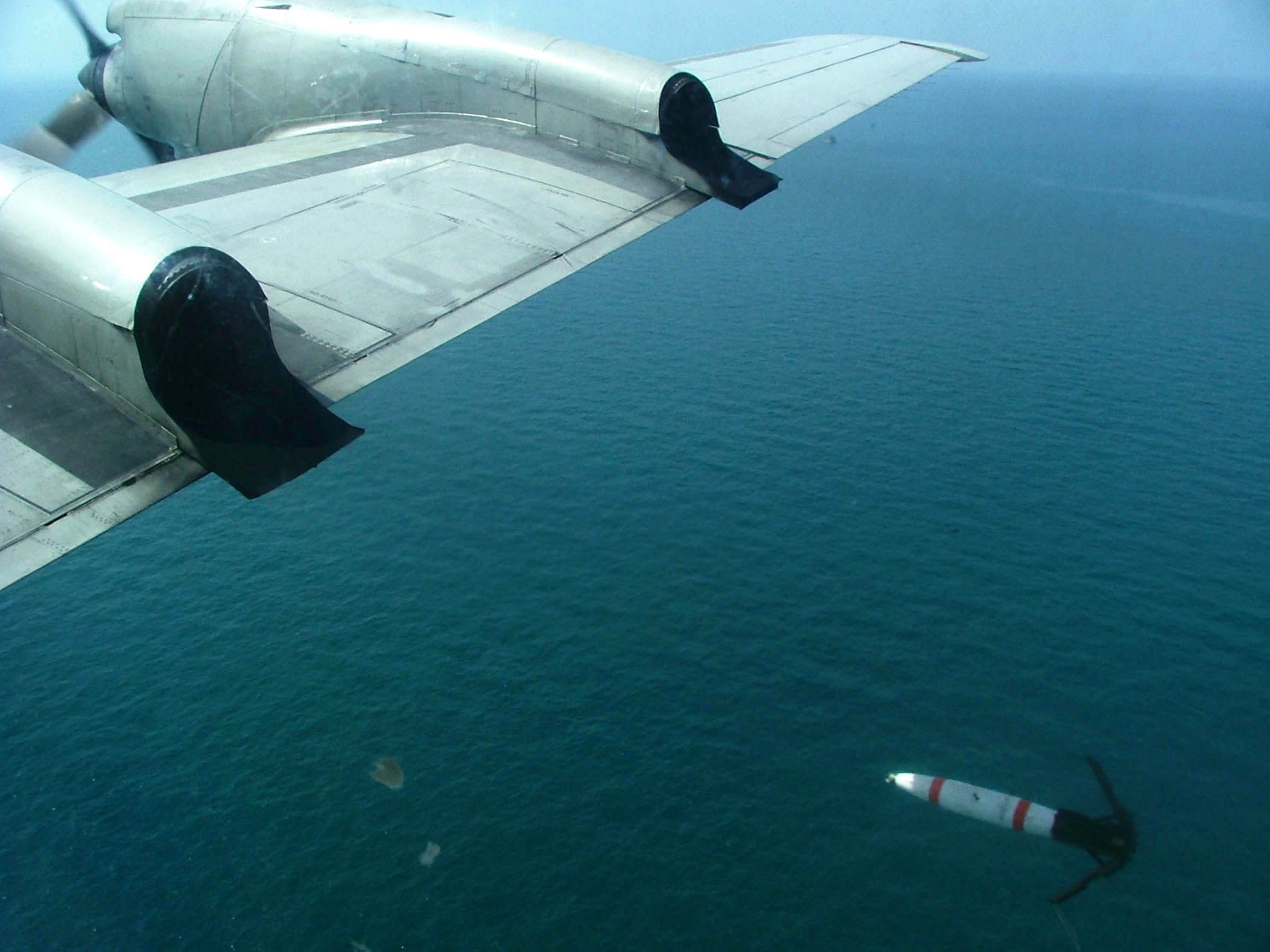
Essay: Navy, Air Force Reviving Offensive Mining with New Quickstrikes
Consumed with long-running irregular warfare challenges, the Pentagon took its eye off the ball with respect to maritime warfare, particularly…
Copyright 2024 U.S. Naval Institute. All Rights Reserved.